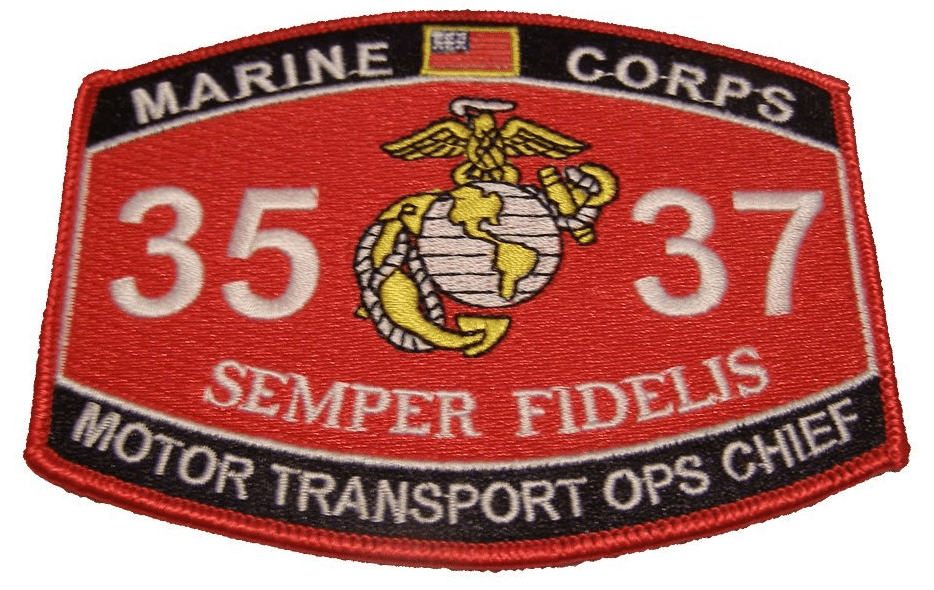

From transporting recruits to pulling vehicles out of ditches, Depot Motor Transport plays a vital role in depot operations. Marine Sierra Hotel Aviation Readiness Program (M-SHARP).Orders & Directives - Restricted Access CAC Required.Civilian Workforce Development and Training.Marine Corps Mountain Warfare Training Center. The Marines used the training to their advantage, operating the vehicles successfully and safely, and continued to provide necessary transportation for the Marines bivouacking at the U.S. We’ve got to be prepared, and have a solution for everything.” “If it wasn’t for motor transport, those Marines wouldn’t get any supplies up on the mountain. “We get to experience a lot,” McNeal said. “We’ve got to watch out for anything and everything that could be in the way,” said Mcneal.ĭespite any challenges the Marines could face in the mountains during training, McNeal remains confident in his job and what it means to be playing a part of the bigger picture. Situational awareness is still a very important factor of operating any vehicle in any type of environment, McNeal added.

“We’ve got to get used to driving up the mountain.” “It’s a lot different up here,” said McNeal, comparing the flatter terrain of Camp Lejeune to the mountains of Bridgeport. Joe McNeal, a motor vehicle operator with 2nd Battalion, 6th Marines, 2nd Marine Division.
#MOTOR T MARINES HOW TO#
“We’re teaching them how to trust the transmission, as well as getting a feel for the vehicles when driving in low gear and going downhill.”įor some of the Marines this was their first time operating a small unit support vehicle, according to Lance Cpl. “You have to be careful, especially while driving downhill in a HMMWV, because they pick up speed quickly,” said Ramos.


Ramos stressed the importance of maintaining safety while driving. The Marines split into pairs, climbed into the HMMWVs and put them to the test throughout the hills. Once the Marines finished with classroom instruction, Ramos led them back to the motor pool, where they would take the vehicles out on a short convoy. “Once we get to the mountain, we can see how the vehicles react in deeper snow and ice, and terrain without snow.” “We are teaching how to operate small unit support vehicles and HMMWVs in mountainous environments,” said Ramos. He explained to the Marines that the small unit support vehicles are far more efficient in their design for traveling in mountainous terrain as opposed to the High Mobility Multipurpose Wheeled Vehicles (HMMWVs). Sergeant Franklin Ramos, a motor transportation licensing noncommissioned officer, took the Marines to a classroom environment, where he showed them the ins and outs of the vehicles they would be driving, as well as operating those vehicles in various types of terrain. 14, 2015, at Bridgeport, California, in preparation for mountain warfare and survival training in the coming weeks. Motor transportation Marines with 2nd Battalion, 6th Marine Regiment, and Combat Logistics Battalion 26, Headquarters Regiment, 2nd Marine Logistics Group, expanded their horizons during small unit support vehicle and mountain driving courses Jan.


 0 kommentar(er)
0 kommentar(er)
